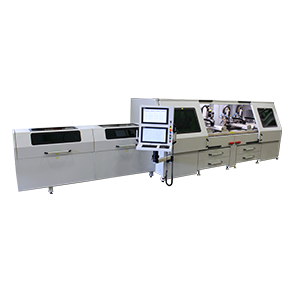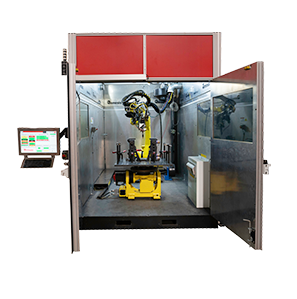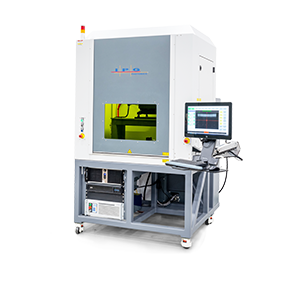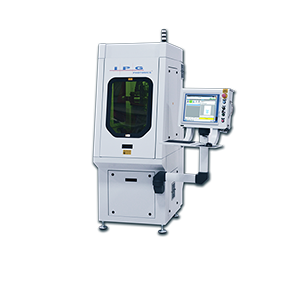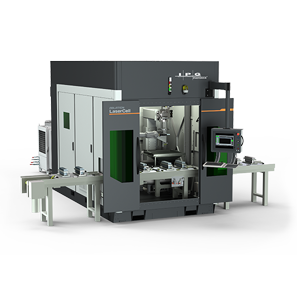View All IPG Photonics Laser Products —VISIT CORPORATE WEBSITE✕
Applications
Laser Ablation
Laser Ablation is the removal of material from the surface of a part. Large-area ablation examples include paint removal and surface cleaning. Smaller feature laser ablation is used in thin film patterning, blind-hole and shaped feature drilling as well as localized conformal coating removal.
Laser technology provides the flexibility for application optimization, whether this is precisely delineating the surface area to be removed, the depth of material removal, or the speed of the process.
- No consumable materials - no chemicals, stencils or mechanical tools to wear
- Repeatable and cost-effective
- High resolution process with definition of the ablation area and material depth controlled down to a sub-micron range
- Wide flexibility and easily programmed with complete flexibility on pattern details
- Ablation systems can automatically match to previous layers or part processing variations, ensuring the highest part yield
Improve your surface material removal process - contact a local IPG laser ablation engineer to learn how.
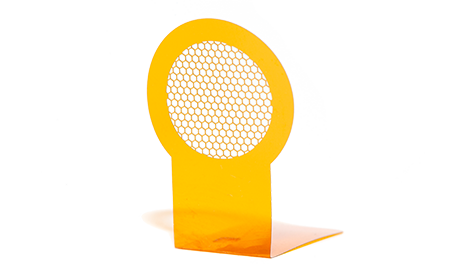
Why are more manufacturers using laser ablation?
Laser ablating large-areas benefit from the elimination of abrasive media and chemicals used in traditional processes. Selective area processes see dramatic cycle time improvements through the elimination of slow and costly masking steps. All users enjoy the same laser benefits of predictable, repeatable part quality and ease of automation to maximize productivity.
Chemical Process vs Fiber Laser Ablation
Chemical processing is good for whole-part surface modification. For localized etching, chemical processes require some kind of mask to resist and protect the unprocessed areas.
Fiber lasers eliminate chemical consumables and the subsequent disposal challenges. Lasers do not require physical stencils or patterned resists. Lasers are a single-step process that deliver the required machined surface.
Mechanical Milling vs Fiber Laser Ablation
Mechanical milling is a robust industrial technique for more traditional part processing.
Lasers offer greater resolution for more accurate processing and can easily accommodate intricate, complex shapes. Lasers are non-contact with no wearing tool bits, which provides a consistent high quality finish. Except for high-volume metal removal, laser ablation is significantly faster.
Micro Abrasive Blasting vs Fiber Laser Ablation
Micro abrasive blasting is good for machining channels and holes where lower accuracy is acceptable. Process alternatives include focused media jets and masked substrates.
Fiber lasers have greater dimensional accuracy, have no masking requirements, and no costs associated with the disposal of abrasive media.
Micro Grinding vs Fiber Laser Ablation
Micro grinding is good for processing hard materials where very high surface finish and minimization of burrs is important, although it may be considered more of a finishing process than bulk removal technique.
Laser ablation is faster and operates on a broader range of material types. Laser ablation is a non-contact technique that does not require replacement of expensive tool grinding bits.
Advantages of IPG Fiber Laser Ablation Technology
Reliable Equipment
IPG fiber lasers are entirely solid-state, zero maintenance, and provide levels of reliability not traditionally seen in laser ablation applications. The elimination of preventative maintenance and service interruptions typically associated with laser technology that relies on adjustable optical elements gives IPG fiber laser equipment higher availability and greater processed part output than alternatives.
Process Repeatability and Robustness
IPG laser ablation technology delivers repeatability of results and tolerance to minor part variations that are essential for production processes. Stability of the laser source and beam delivery combined with in-process beam condition measurements ensure constant laser processing, while system-level configuration considerations maximize process windows and yield.
Application Optimization
Laser ablation processes are heavily dependent on material-light interactions, and selecting the correct laser for the application is key to success. IPG’s application scientists have access to lasers with the broadest range of pulse-length and wavelength capabilities, and will work with you to identify the best combination of laser and beam delivery for your application.
Laser Ablation Systems
Get an Application Evaluation
Discover how IPG’s laser technology can help solve your shop’s biggest challenges.
Schedule Evaluation

